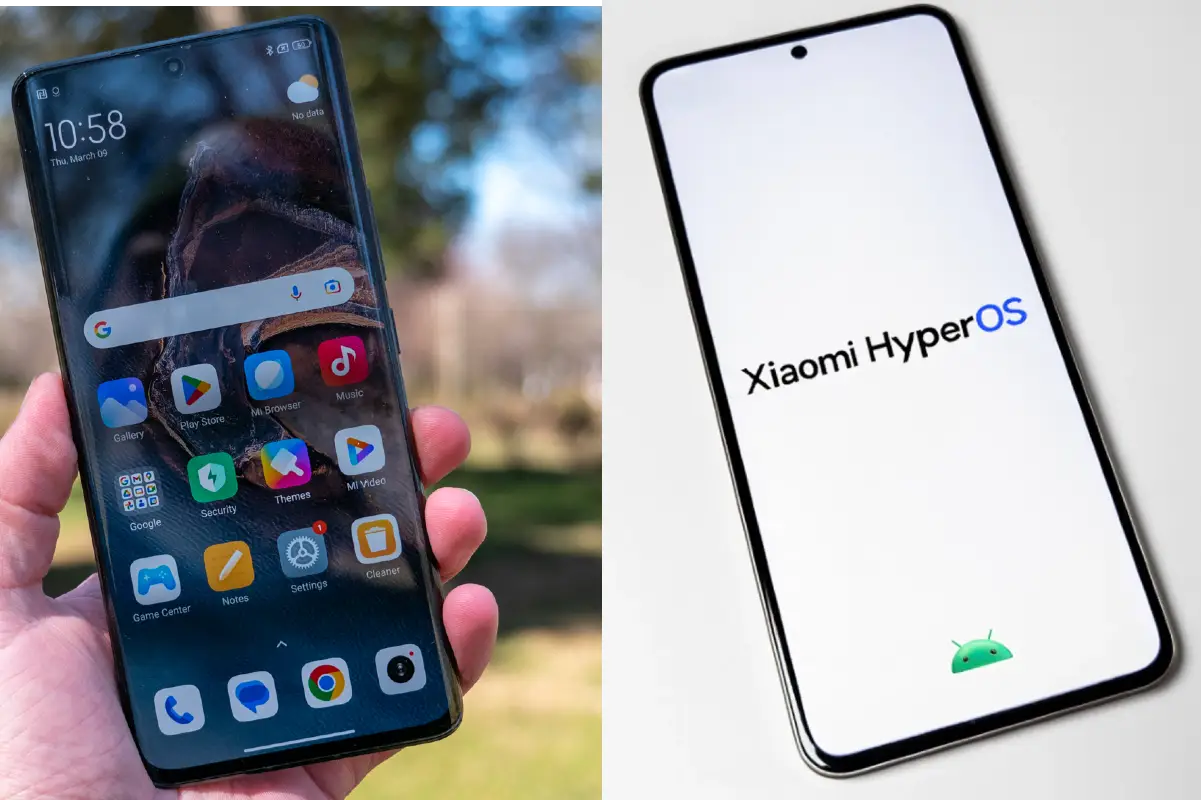HyperOS: Xiaomi, the Chinese tech giant known for its innovative smartphones and smart devices, has taken a significant step in its software journey by introducing HyperOS. The company has launched this new operating system with its Xiaomi 14 series, marking a new era in Xiaomi’s software ecosystem. Here are five key points you should know about this development:
MIUI Replaced by HyperOS:
Xiaomi has bid farewell to its long-standing MIUI operating system, replacing it with the all-new HyperOS. The debut of this fresh OS comes with the launch of the Xiaomi 14 series in China, signifying a major shift in the company’s software strategy.
Expanding to More Devices:
While HyperOS currently powers the Xiaomi 14 series, the company has ambitious plans to extend its reach. In the near future, Xiaomi intends to roll out HyperOS to other devices within the Redmi and Xiaomi product portfolios, ensuring a wider user base gets to experience the benefits of this lightweight and efficient operating system.
Lighter and Faster:
One of the notable advantages of HyperOS is its efficiency. Compared to the previous MIUI, HyperOS is not only lighter but also faster. The firmware size of HyperOS stands at 8.75GB, whereas MIUI’s firmware size was a bulkier 13.09GB. This reduction in size contributes to a smoother and more responsive user experience.
Simplifying a Complex Ecosystem:
Xiaomi’s rapid growth over the past 13 years has resulted in a diverse range of products and an extensive global user base exceeding 1 billion people. Managing a distinct operating system for each product became increasingly challenging. HyperOS is designed to simplify this complex ecosystem, offering a unified solution that can seamlessly integrate across Xiaomi’s diverse product lineup.
Human-Centric Innovation:
Xiaomi describes HyperOS as a “human-centric” operating system. This designation signifies the inclusion of innovative features that enhance the user experience. HyperOS facilitates easy device switching, remote app access, and leverages AI capabilities to enhance functionality, providing users with a more intuitive and efficient interface.
Cross-Platform Compatibility:
HyperOS isn’t confined to smartphones alone. Xiaomi intends to deploy this new operating system across a wide spectrum of products, including smartphones, tablets, smart home devices, and even automobiles. The registration for the new OS in China began on October 26, with an official launch scheduled for December.

Xiaomi’s HyperOS represents a significant leap forward in the company’s software evolution. With its lightweight design, improved performance, and innovative features, it aims to simplify the user experience across a diverse range of products while catering to the ever-expanding Xiaomi ecosystem. The official launch of HyperOS in December is eagerly anticipated by Xiaomi enthusiasts and tech aficionados alike.
